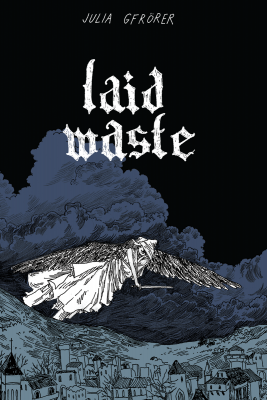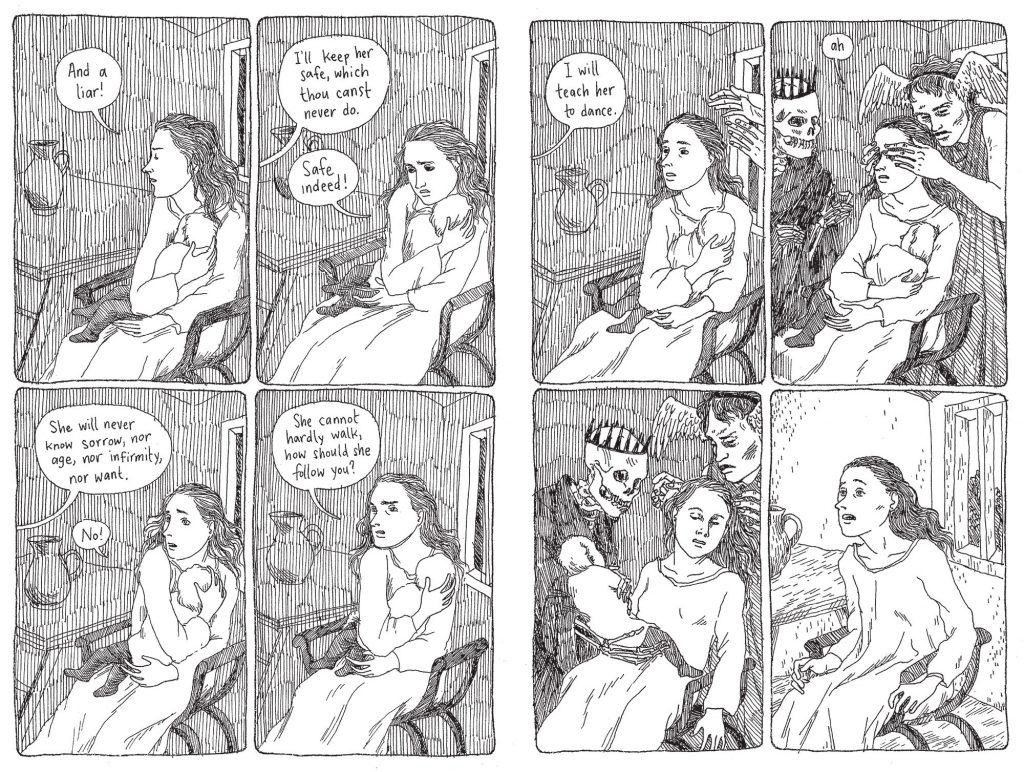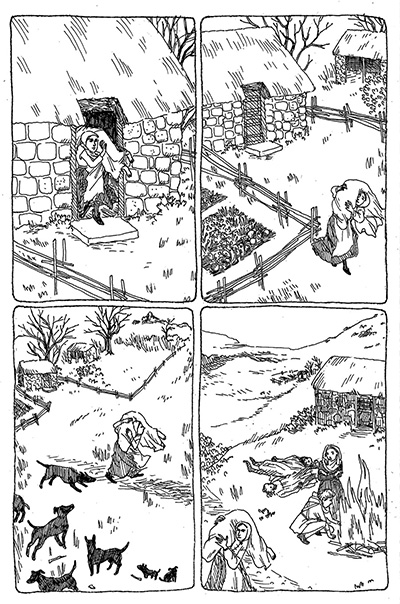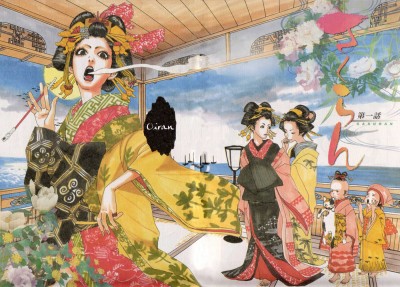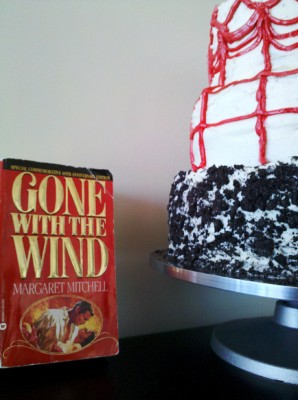Reviewer: Emera
Date read: 2.15.2020
Read from: Personal collection
This story appears in the 2019 fall edition of Ploughshares.
Dear Maurice, this morning it is raining very hard and the wind is rattling our tent, so we can hardly hear each other. Thanks for the news about Albert’s sister, which cheered him. I’m glad the girl helping Aurie is working out (hello to you, if you are reading this! your handwriting is good but you spelled “tonsillitis” wrong. Also, furlough is not spelled “ferlow.”) Vic has been sick with chills and fever but the doctor claims he’s doing better now – good thing, as we hear rumors that we’ll be moving soon. Ezra, on picket duty last week, says the rebs across the Rappanannock are buzzing about and he thinks we may be marching upriver…
I’ve read a good bit of ruminating about the erasures of history (that is, the writing of history), its inescapably flawed and subjective processes, but nothing has made me feel that fact, that human accumulation of errors and losses and misapprehensions, like this lucent, lovely, mournful novella by Andrea Barrett. I’ve been meaning to read her much-awarded collection of historical fiction, Ship Fever, for years, but still haven’t gotten around to it. This introduction to her work will goad me back to that goal.
Over three parts, Barrett lets us glimpse the lives of a set of Civil War characters who are connected by their desire to write the history of a disgraced Union regiment, in which two beloved brothers served. Izzy returns home disabled and traumatized; Vick disappears, presumed a deserter. Through glimpses of their stories, and of relatives and friends who circle around the voids of the brothers’ lives, we witness not only the physical and emotional depredations of war, but the quieter attrition of simply the passage of time. Men who wanted to tell their war stories die ignominiously in peacetime; newspaper accounts distort facts and then are enshrined as true history by later republication. Letters are lost; transcribed accounts acquire unexplained annotations. Intentions to write, to share, to publish are pushed aside by the demands of daily life, deferred and deferred again. The present continually pulls us away from the past – and yet the past never disappears, it cannot be divided away, only diminished, obscured, distracted from.
All of this, Barrett depicts with graceful, transparent, quietly witty prose. She moves easily among snippets of letters and articles; the practical details of post-war life as, say, a biology teacher or a ceramist; and the characters’ interior lives. Above all, the characters feel so present, so true, and so human. You’d like to be friends with many of them, except that they, too, have slipped away in all the decades between then and now.
Related reading:
Remarkable Creatures, by Tracy Chevalier (2009): review by Kakaner
